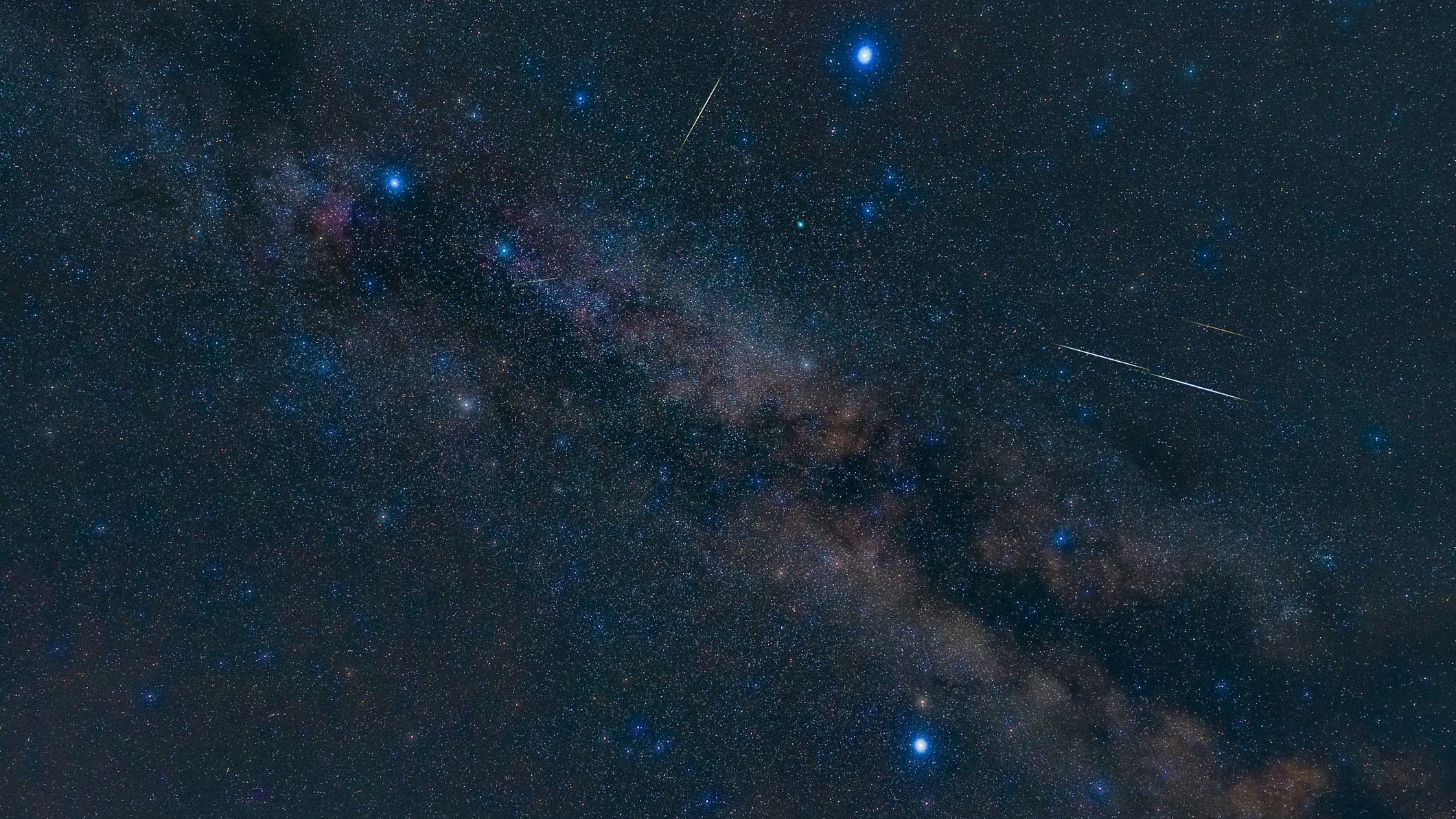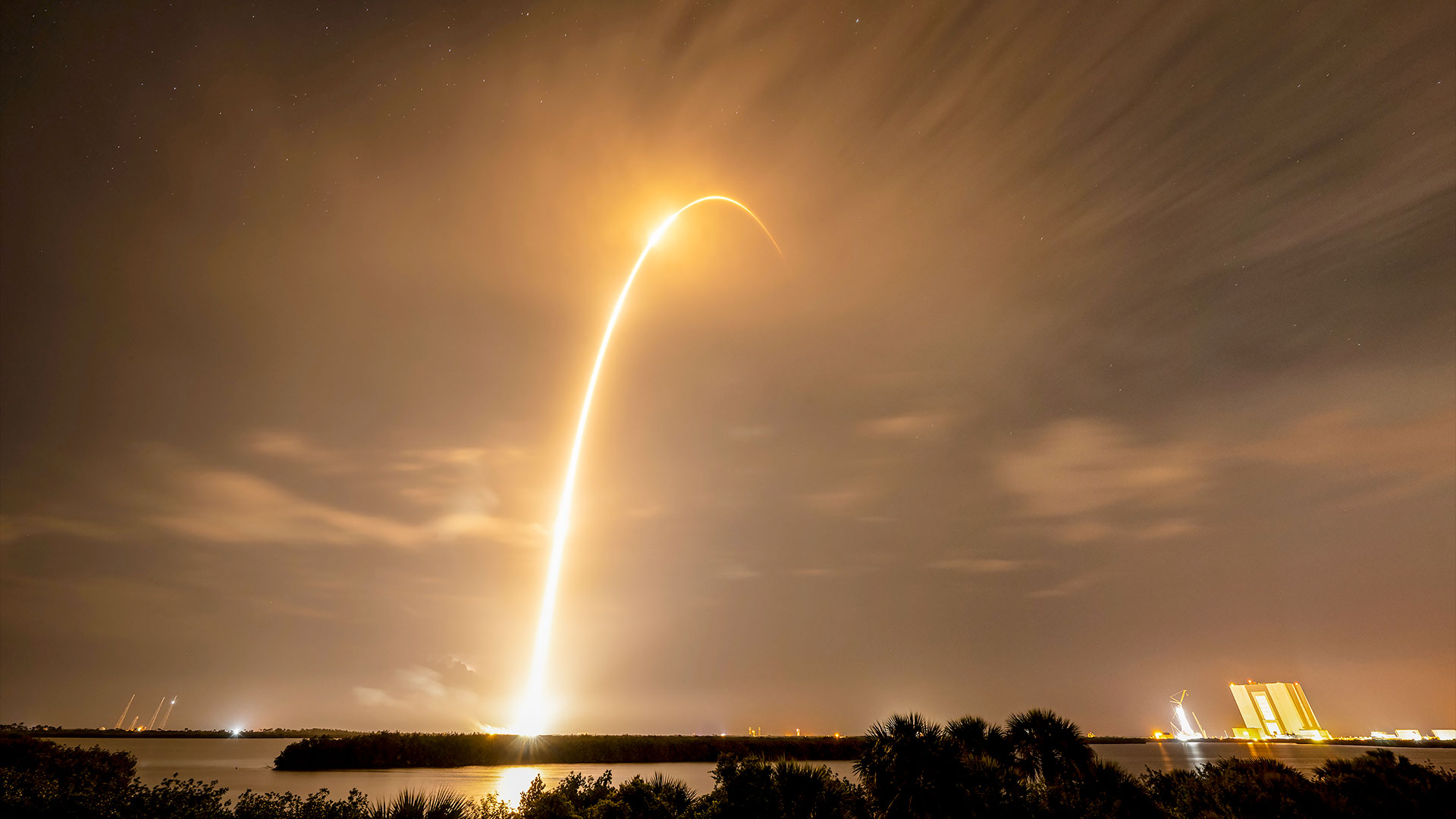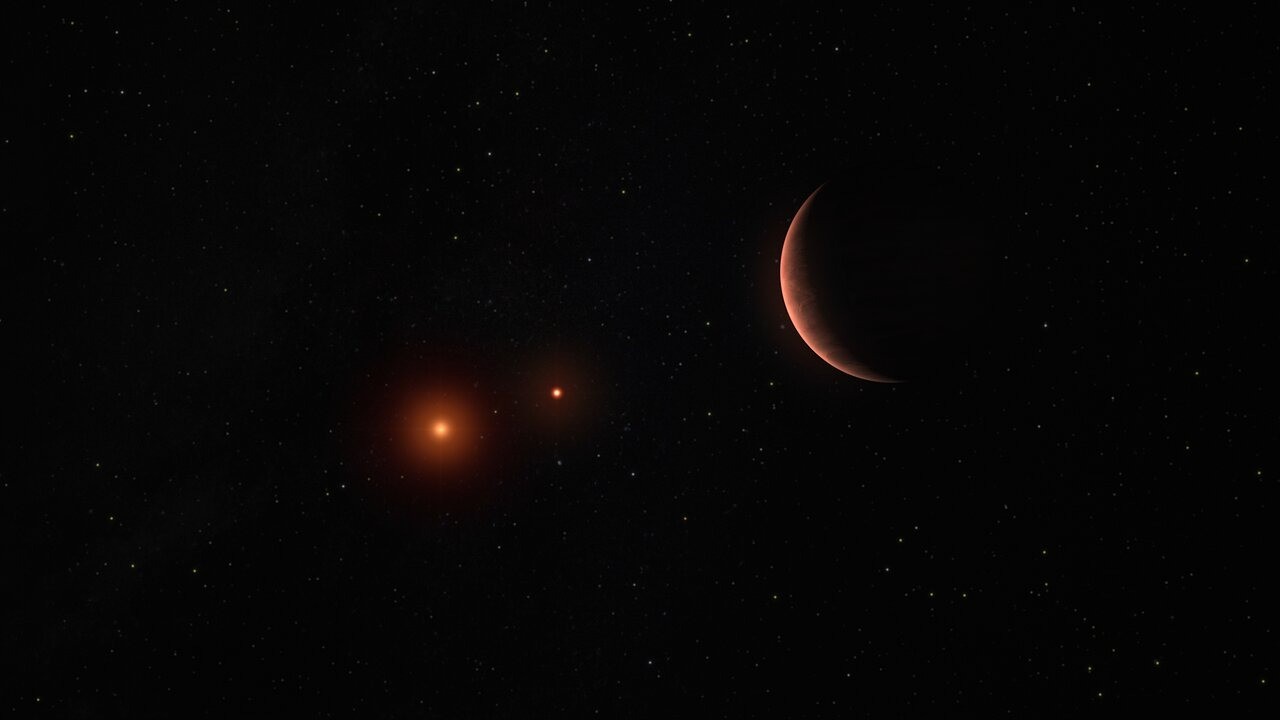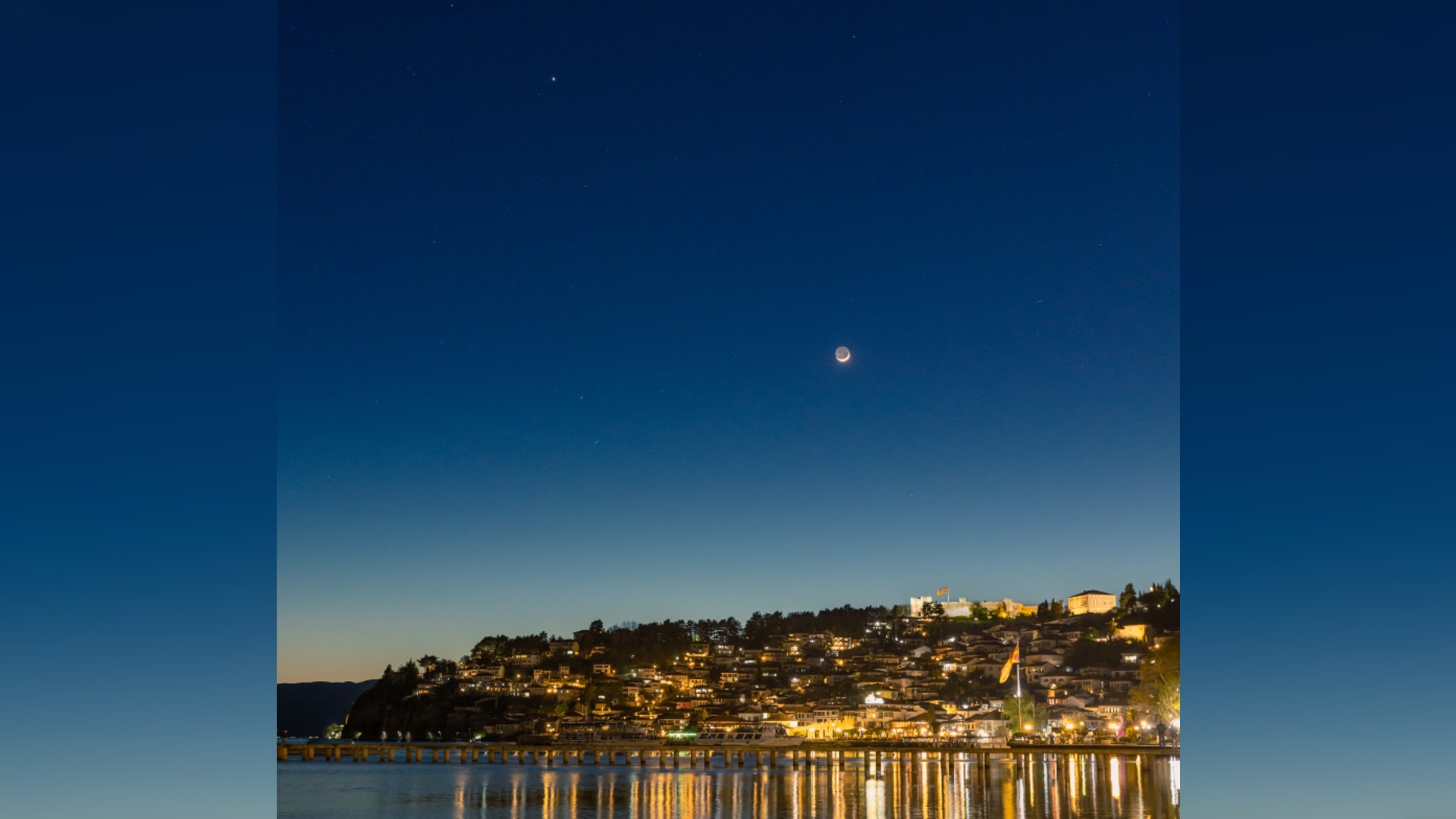Three bright stars mark the beginning of summer. Here's how to spot the 'Summer Triangle' this week.
The appearance this week of the three bright Summer Triangle stars — Vega, Deneb and Altair — marks the beginning of summer in the Northern Hemisphere. Here's how to spot them.

One of the best ways to check whether summer has arrived is to look at the eastern sky after it gets dark. Climbing above the horizon at this time of year is a group of stars called the Summer Triangle, a vast but simple arrangement of three very bright but very different stars.
Not only does its arrival in the night sky signal the beginning of summer in the Northern Hemisphere and winter in the Southern Hemisphere (where it's known as the Winter Triangle), but this triangle marks where to look for the Milky Way if you are under dark skies this season.
The Summer Triangle is not a constellation but an asterism, a simple pattern formed by stars from official constellations. It includes one bright star from each of three constellations — Vega in Lyra, Deneb in Cygnus and Altair in Aquila.
The Summer Triangle star that you will see rising in the east after dark is Vega. It's one of the most famous in the night sky and one of the brightest, largely because it's so large and so close — just 25 light-years distant from the solar system. If you have a good pair of stargazing binoculars, first train them on Vega, then range slightly to the northeast, and you will see Epsilon Lyrae, a showpiece double star. However, with a backyard telescope, each star is also revealed to be a double star, earning it the nickname "the Double Double."
Related: Full moon calendar 2024: When to see the next full moon
Rising below and to the right of Vega on the horizon is Altair, the 12th brightest star in the night sky. Like Vega, it's bright because it's close, a mere 17 light-years away from Earth. Like Vega, Altair is about twice the mass and radius of the sun.
That's not the case for the third star in the Summer Triangle, Deneb, which is visible rising to the northeast. It's the 19th brightest star in the night sky, but much further away than Vega and Altair at 2,600 light-years away. It's so bright because it's a supergiant star 20 times the mass and around 200 times the radius of our sun. It's one of the farthest stars that can be seen with the naked eye.
Get the Space.com Newsletter
Breaking space news, the latest updates on rocket launches, skywatching events and more!
The Summer Triangle is worth finding and following throughout the summer as it climbs higher into the sky each night. It's across a rich field of the Milky Way, so if you're in a dark sky park or anywhere with low levels of light pollution, find the Summer Triangle, and you'll see the Milky Way running through it, from Deneb to Altair.
Join our Space Forums to keep talking space on the latest missions, night sky and more! And if you have a news tip, correction or comment, let us know at: community@space.com.

Jamie is an experienced science, technology and travel journalist and stargazer who writes about exploring the night sky, solar and lunar eclipses, moon-gazing, astro-travel, astronomy and space exploration. He is the editor of WhenIsTheNextEclipse.com and author of A Stargazing Program For Beginners, and is a senior contributor at Forbes. His special skill is turning tech-babble into plain English.










